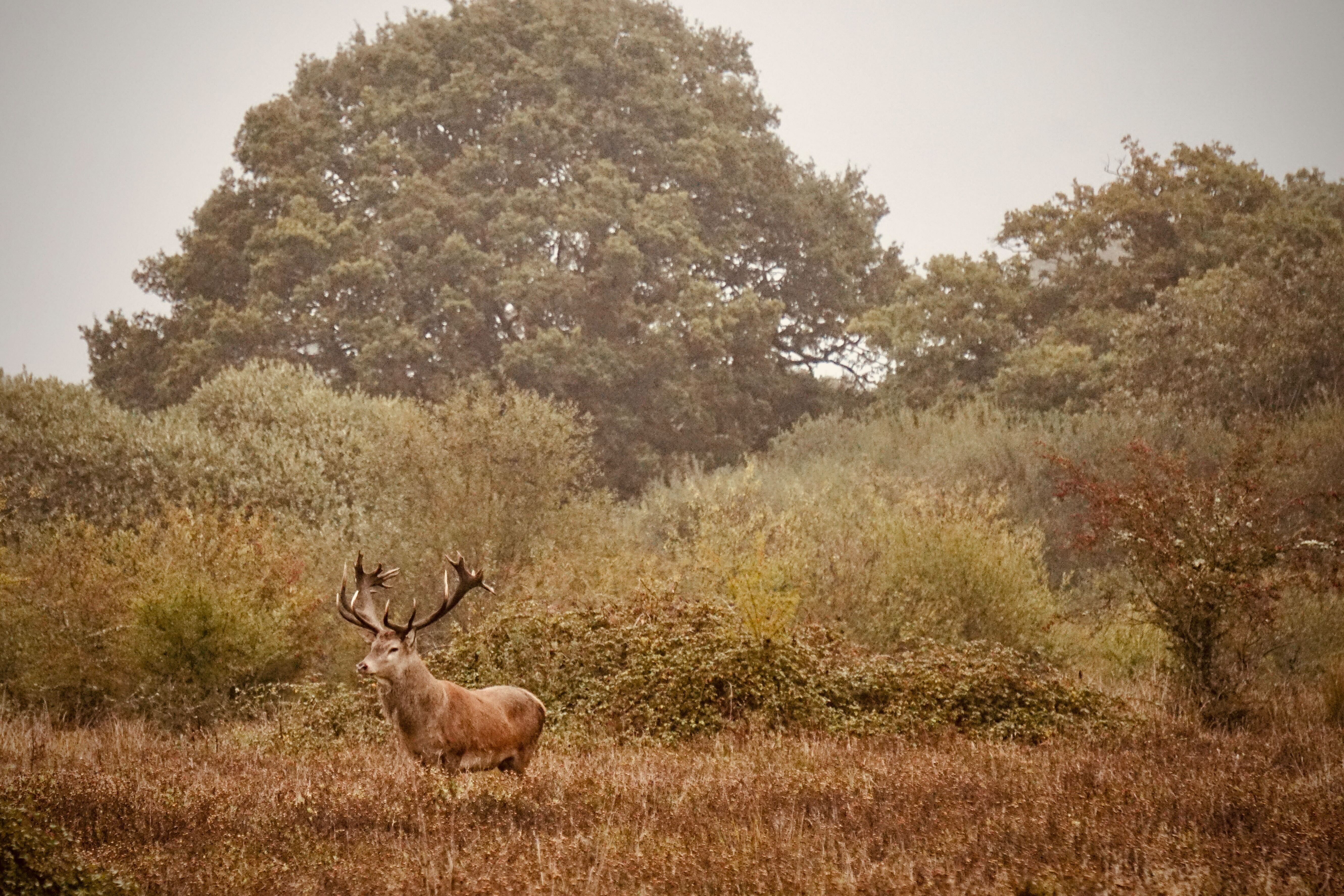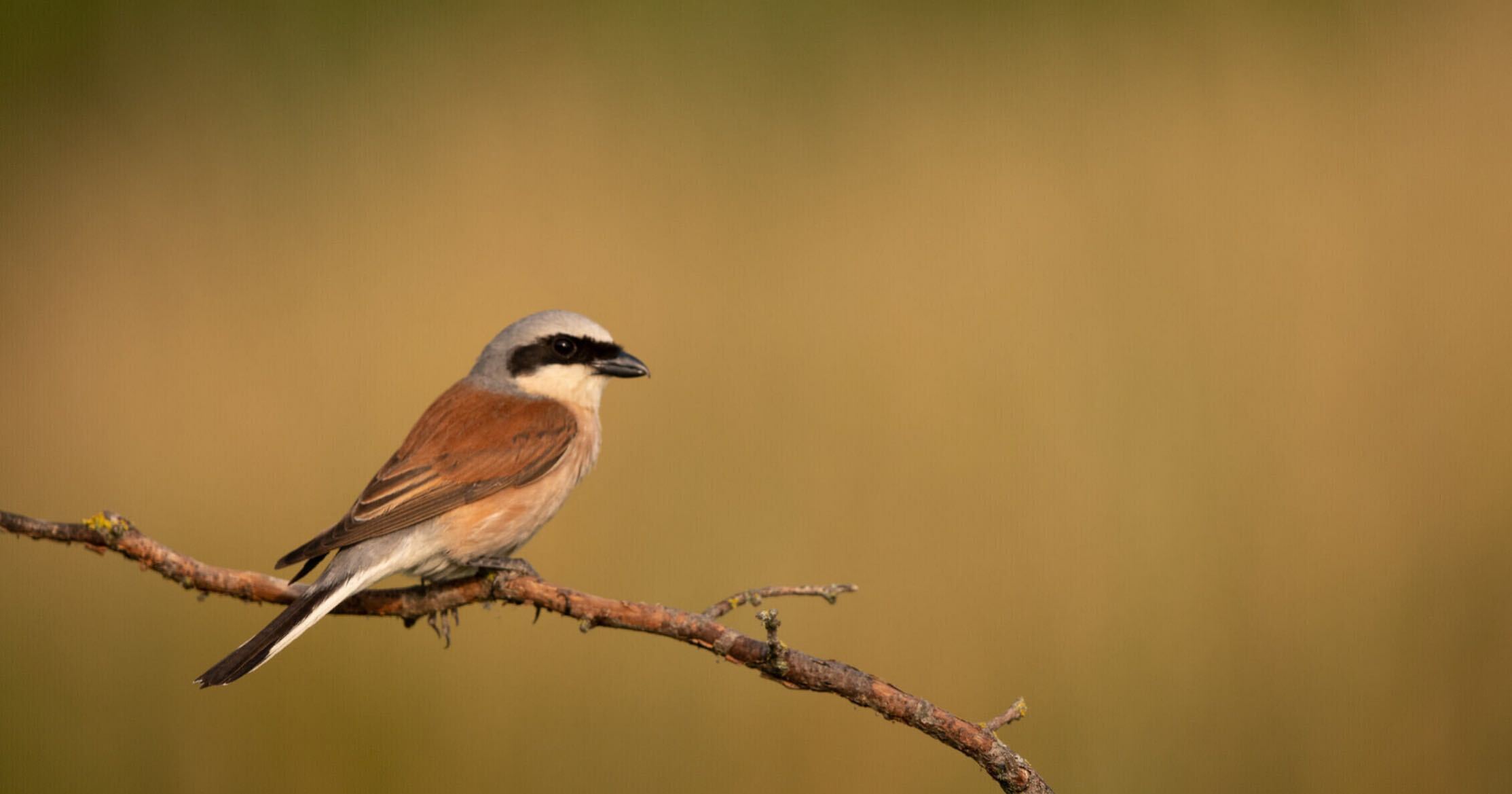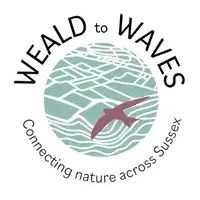Scrubland Superheroes get funding
By Weald to Waves - 30 September 2023
A new habitat creation project, Scrubland Superheroes, has received funding to restore scrubland sites along the corridor and bring back some of our most threatened species.
Scrub is made up of low, dense, often thorny vegetation, such as blackthorn, hawthorn, rose and bramble. These ecosystems are shaped by the influence of large herbivores, such as deer, cattle and pigs, which prevent the landscape from becoming dark and closed canopy forest. Instead, the browsing pressure of the animals leads to a mosaic of habitats, with wood pasture and thickets dotted with grassy openings and pathways. Impenetrable thickets allow saplings to survive browsing and jay-planted trees grow up in the centre of thorny domes.
Knepp Wildland has played a major role in demonstrating the value and beauty of restored scrubland as an integral part of a landscape managed by free-roaming herbivores.

Historically, this scrubland was a thriving sanctuary for native wildlife across the UK. However, over centuries, steady clearance has threatened these important ecosystems and led to a decline in many iconic species that rely on the dense thorny habitat. Now, thanks to a generous grant from Natural England's Species Recovery Fund, this ambitious initiative to restore pockets of scrub can now move forward.
The Scrubland Superheroes project will work with farmers, and land managers across five sites along the Weald to Waves corridor. The collective goal is to create new scrubland habitats that will provide for a wide range of species but also contribute significantly to the reintroduction of the red-backed shrike to Sussex.

Once a common bird in Britain, the red-backed shrike is now functionally extinct as a breeding species in the country. This project's efforts will not only benefit the red-backed shrike but also support other endangered bird species, including the turtle dove, nightingale, and cuckoo.
In addition, the rejuvenation of scrubland will have a positive impact on a wide range of other species that are either rare or missing from our landscape; such as the black-veined white butterfly and the sloe carpet moth, and small mammals like our elusive dormice.
This is one of many planned land projects across the corridor over the coming years. We are committed to working hand in hand with farmers and land managers to restore our scrubland, woodlands, wetlands, and grasslands and enrich our public green spaces. We will work with conservation groups to recovery the diversity of our waterways, salt marsh and sea bed.
We will soon be launching a project overview and maps of the new scrubland creation project.
To get your mind in gear, listen to Isabella Tree discussing the importance of scrub in this Podcast
Photo credit: David Oldham

